Kaltenbach - A Concise Guide to Statistics
Here you can read online Kaltenbach - A Concise Guide to Statistics full text of the book (entire story) in english for free. Download pdf and epub, get meaning, cover and reviews about this ebook. City: Berlin;Heidelberg, year: 2012, publisher: Springer Berlin Heidelberg : Imprint: Springer, genre: Home and family. Description of the work, (preface) as well as reviews are available. Best literature library LitArk.com created for fans of good reading and offers a wide selection of genres:
Romance novel
Science fiction
Adventure
Detective
Science
History
Home and family
Prose
Art
Politics
Computer
Non-fiction
Religion
Business
Children
Humor
Choose a favorite category and find really read worthwhile books. Enjoy immersion in the world of imagination, feel the emotions of the characters or learn something new for yourself, make an fascinating discovery.
- Book:A Concise Guide to Statistics
- Author:
- Publisher:Springer Berlin Heidelberg : Imprint: Springer
- Genre:
- Year:2012
- City:Berlin;Heidelberg
- Rating:3 / 5
- Favourites:Add to favourites
- Your mark:
A Concise Guide to Statistics: summary, description and annotation
We offer to read an annotation, description, summary or preface (depends on what the author of the book "A Concise Guide to Statistics" wrote himself). If you haven't found the necessary information about the book — write in the comments, we will try to find it.
Kaltenbach: author's other books
Who wrote A Concise Guide to Statistics? Find out the surname, the name of the author of the book and a list of all author's works by series.

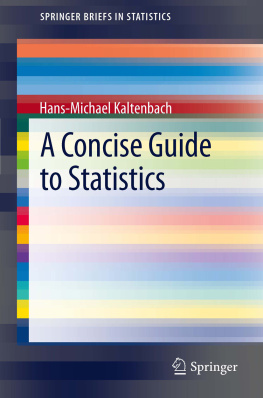

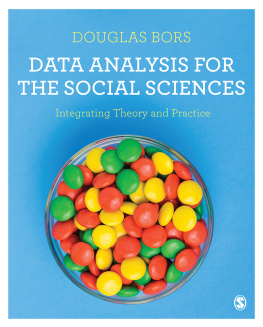
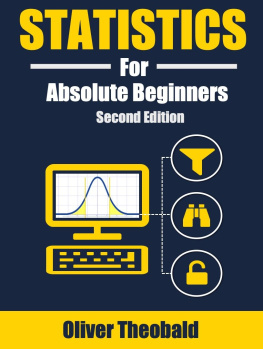
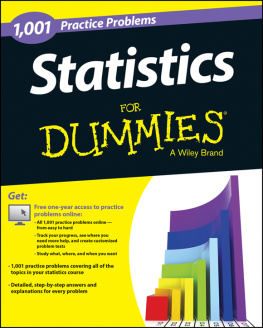
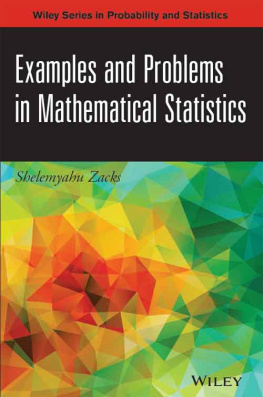
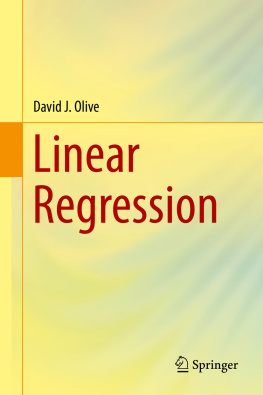
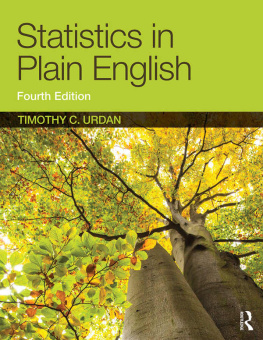
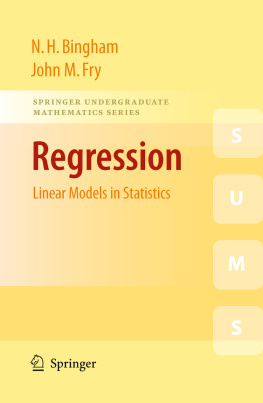
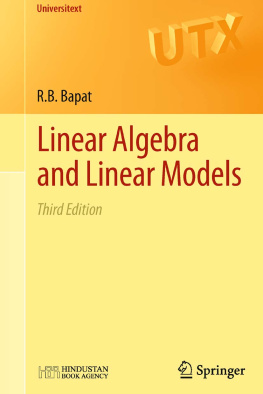

 as a possible outcome . With two dice, the possible outcomes are described by the set
as a possible outcome . With two dice, the possible outcomes are described by the set 
 The set of outcomes that lead to a sum of at least 10 is then
The set of outcomes that lead to a sum of at least 10 is then 

 is called an event ; the previous definition assigns a probability of
is called an event ; the previous definition assigns a probability of  to such an event. Events are sets and we can apply the usual operations on them: Let A be as above the event of having a sum of at least 10. Let us further denote by B the event that both dice show an even number; thus, B = {(2, 2), (2, 4), (2, 6), (4, 2), (4, 4), (4, 6), (6, 2), (6, 4), (6, 6)} and
to such an event. Events are sets and we can apply the usual operations on them: Let A be as above the event of having a sum of at least 10. Let us further denote by B the event that both dice show an even number; thus, B = {(2, 2), (2, 4), (2, 6), (4, 2), (4, 4), (4, 6), (6, 2), (6, 4), (6, 6)} and  The event C of rolling a sum of at least 10 and both dice even is then described by the intersection of the two events:
The event C of rolling a sum of at least 10 and both dice even is then described by the intersection of the two events: 




 be the set of all possible outcomes of a particular experiment and denote by
be the set of all possible outcomes of a particular experiment and denote by  any pair of events. Then, any function
any pair of events. Then, any function  with the properties
with the properties 



 so these three requirements do not specify a unique such measure. For assigning a probability to discrete events like the ones discussed so far, it is sufficient to specify the probability
so these three requirements do not specify a unique such measure. For assigning a probability to discrete events like the ones discussed so far, it is sufficient to specify the probability  for each possible outcome
for each possible outcome  of the experiment. For example, a die is described by its outcomes
of the experiment. For example, a die is described by its outcomes  One possible probability measure is
One possible probability measure is  for each of the six possible outcomes
for each of the six possible outcomes 